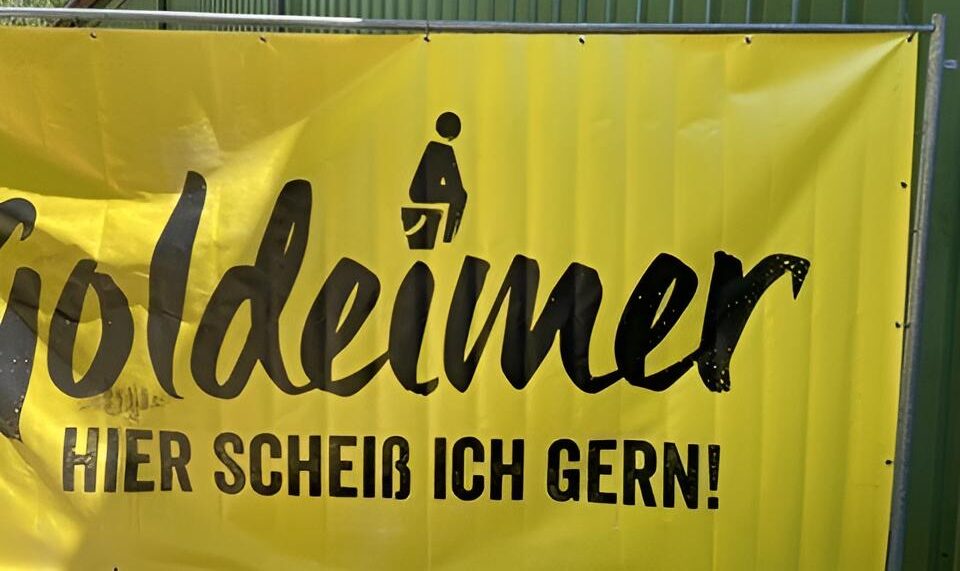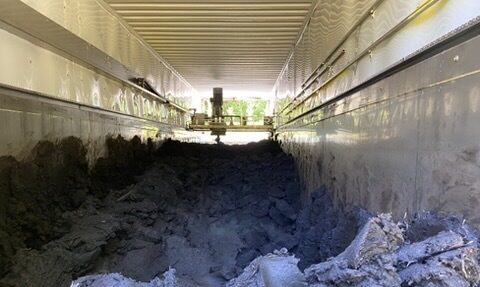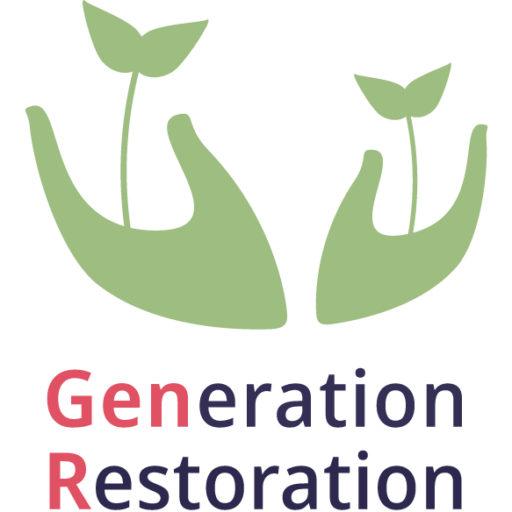
From Waste to Wealth: What Festival Toilets Can Teach Us About Regeneration
How festival toilets are turned into fertile soil — and what that has to do with global regeneration
On May 9th, 2025, our Generation Restoration member Regina Kallfelz had the opportunity to visit the newly inaugurated composting facility of Goldeimer in Ollensen, Northern Germany. What she encountered was a living example of regenerative sanitation in action.
Human Waste Becomes Fertile Soil
Feces from major festivals like Wacken, Hurricane, and Deichbrand are hygienized and composted — not with water, but with straw, airflow, and clever heat management.
Two containers make up the core of the system:
In the first, the waste is hygienized at temperatures up to 70°C — odor-free.
In the second, it’s actively composted, with regular aeration and monitoring. Combined with shredded greens, the result is a fine, mineral-rich humus.
The system also includes a pyrolysis unit that turns woody biomass into biochar — a climate-positive soil enhancer that retains water, stores nutrients, and sequesters carbon. When mixed with compost, the result is a super fertilizer with global relevance.


Could This Work In Refugee Camps?
This visit raised an important question:
- Could this decentralized, circular sanitation model also be applied in refugee camps?
- Could it create regenerative livelihoods for displaced communities?
While the system is still being refined, it’s clear: it works, it inspires, and it holds promise — especially if paired with carbon certification, income models, or heat recovery.
We thank the team at Goldeimer — and especially Hauke — for the warm welcome, transparent insights, and hopeful vision. We’re excited to explore how sanitation can become a starting point for dignity, regeneration, and community resilience.
